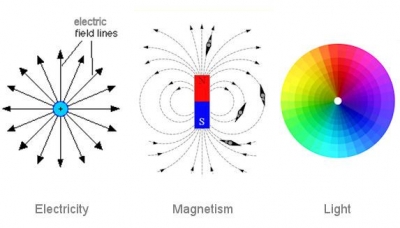
In 1820, Hans Christian Oersted of the University of Copenhagen observed that a compass gets disturbed when placed near an electricity carrying wire, and it returns to the normal position when the current is switched off. It made Oersted to realize the magnetic effects of an electric current. Subsequently the relationship between magnetism and electricity was established. The study of this area came to be known as electromagnetism.
The effects of electromagnetism were first studied by Oersted. Later, Michael Faraday carried out an intensive work on it. The most common explanation about electro-magnetism is that a current flowing in a wire produces a magnetic field. This can be harnessed to produce motion in electric motors through the attractive and repulsive forces of magnetic fields. But Faraday went a step further to question that if a current can create a magnetic field then can a magnet create current? He found out that it is not a magnetic field that creates the current in a wire but the movement of magnetic lines of force across the wire creates the current. When a magnet, either an electromagnet or a permanent magnet, is moved near an electric conductor, turbulent currents are induced in the conductor which move round and round. The conductor experiences a dragging force. This force is used to produce motion and conversely the turbulent currents are regulated to produce an electric current such as in a Dynamo.

A more complex example of electro-magnetism is found in devices such as transformers where a changing magnetic field produces a current. Here two coils of wire are placed close to each other. When a changing current flows through one coil, a changing magnetic field is produced which induces a voltage in the second coil? If the second coil is included in any electric circuit, a current starts flowing.
Some electromagnets are used in telephone and electric bells. In scrap yards, powerful electromagnetic devices are applied to separate iron and steel scraps from the accumulated junks. These methods are followed in steel and iron plants.
In modern space research, magnetic field lines are traced by iron filings which ultimately help to understand how light and radio waves travel through space.




